When selecting clothes and accessories for their babies, parents often rely on products marketed as safe and beneficial. However, not all these products live up to their claims. Some baby clothes and accessories can pose significant risks due to harmful materials, design flaws, or misleading information. This article explores the baby clothes and accessories you should avoid, analyzes incidents related to their use, and provides evidence-based recommendations for safer alternatives.
Choosing the right clothes and accessories for babies is a critical aspect of parenting. Many products are advertised as safe and beneficial, but some can pose hidden dangers. Understanding these risks and making informed choices is essential for the well-being of your child.
Commonly Marketed Baby Clothes and Accessories to Avoid
Flame-Retardant Clothes
What are Flame-Retardant Clothes?
Flame-retardant clothes are garments treated with chemicals designed to reduce their flammability. They are often marketed as providing an extra layer of safety, especially for sleepwear.
Why They Are Harmful
The chemicals used in flame retardants, such as brominated flame retardants (BFRs) and organophosphates, are toxic and can have severe health impacts. These chemicals can disrupt endocrine function, leading to developmental issues and increased cancer risk. Flame retardants are particularly concerning for infants because they can accumulate in the body over time.
Research Findings
A study published in Environmental Science & Technology found that flame-retardant chemicals not only persist in the environment but also accumulate in human tissues. This accumulation can lead to significant health risks, including hormonal disruptions and developmental problems in children .
Tight Clothing
What is Tight Clothing?
Tight-fitting baby clothes, including snug socks, hats, and onesies, are designed to fit closely to the baby’s body to provide warmth and security.
Why They Are Harmful
Tight clothing can restrict a baby’s natural movement, impede circulation, and cause discomfort or pain. Overly tight garments can lead to skin irritation, redness, and even restricted growth in extreme cases.
Research Findings
The American Academy of Pediatrics (AAP) has issued warnings that tight clothing can lead to issues such as skin irritation and restricted blood flow. These problems are particularly concerning for infants who are rapidly growing and developing, as restricted movement and blood flow can impede healthy development .
Baby Walkers
What are Baby Walkers?
Baby walkers are devices with a wheeled frame and a suspended seat, allowing babies to move around using their legs before they are able to walk independently.
Why They Are Harmful
Baby walkers pose significant safety risks, including falls, burns, and drowning. Additionally, they can hinder the natural development of walking skills by promoting unnatural movement patterns.
Research Findings
The American Academy of Pediatrics strongly advises against the use of baby walkers due to the high risk of injury and developmental delays associated with their use. Studies have shown that baby walkers do not help babies learn to walk and may even delay motor development by preventing babies from practicing necessary pre-walking skills .
Crib Bumpers
What are Crib Bumpers?
Crib bumpers are padded cushions that line the inside of a crib, intended to prevent babies from bumping into the hard sides of the crib.
Why They Are Harmful
Crib bumpers pose a significant risk of suffocation, strangulation, and Sudden Infant Death Syndrome (SIDS). The padding can obstruct an infant’s breathing if they roll into it during sleep.
Research Findings
The U.S. Consumer Product Safety Commission (CPSC) has reported numerous infant deaths and injuries associated with crib bumpers. Due to these risks, the CPSC and other health organizations recommend against using crib bumpers. Studies have shown that the risks far outweigh any potential benefits, and safer alternatives like mesh liners or nothing at all are preferred .
Magnetic Toys
What are Magnetic Toys?
Magnetic toys contain small, powerful magnets and are often marketed as safe and educational tools for young children.
Why They Are Harmful
If swallowed, small magnets can attract each other through the intestines, causing serious injuries such as bowel perforations and obstructions, which can be life-threatening.
Research Findings
The Journal of Pediatric Surgery highlights the severe risks associated with ingesting magnets. The study found that ingestion of magnets can lead to critical injuries requiring emergency surgical intervention. Due to these risks, many health experts recommend avoiding magnetic toys for young children .
Incidents and Studies Highlighting the Risks
Case Studies
Flame-Retardant Pajamas
In 2017, a study by Duke University found high levels of flame-retardant chemicals in children's pajamas, raising concerns about long-term exposure and potential health effects, including hormone disruption. Parents reported cases of skin irritation and allergic reactions in children wearing these garments .
Baby Walker Injuries
In 2018, the CPSC reported over 2,000 emergency room visits due to baby walker-related injuries, including fractures and concussions. This led to calls for stricter regulations and increased awareness among parents .
Scientific Research
Health Risks of Flame Retardants
Research published in the Journal of Exposure Science & Environmental Epidemiology showed that children with higher exposure to flame retardants had lower cognitive function and increased behavioral problems. The study emphasized the need for parents to avoid flame-retardant treated clothing whenever possible .
Dangers of Baby Walkers
A study in Pediatrics revealed that baby walkers do not help children learn to walk and can delay motor and mental development. The research emphasized the need for parents to avoid these devices altogether and opt for safer alternatives like stationary activity centers .
Safer Alternatives
Natural and Organic Clothing
Organic Cotton Clothing
- Benefits: Free from harmful chemicals, breathable, and gentle on sensitive skin.
- Examples: Organic cotton onesies, sleep sacks, and blankets.
Bamboo Fabric Clothing
- Benefits: Naturally hypoallergenic, moisture-wicking, and sustainable.
- Examples: Bamboo fabric bodysuits and swaddle blankets.
Safe Baby Accessories
Stationary Activity Centers
- Benefits: Encourage development without the risks associated with baby walkers.
- Examples: Stationary activity centers with toys and interactive elements.
Breathable Crib Liners
- Benefits: Provide safety without the suffocation risks of traditional crib bumpers.
- Examples: Mesh crib liners designed to allow airflow while protecting the baby.
Conclusion
While many baby clothes and accessories are marketed as safe and beneficial, it is essential to scrutinize these products and be aware of potential risks. Flame-retardant clothes, tight clothing, baby walkers, crib bumpers, and magnetic toys can pose significant health and safety hazards. Opting for natural and organic clothing and choosing safer baby accessories can help ensure your child's safety and well-being. Always consult with a pediatrician to make informed choices about your baby's needs.
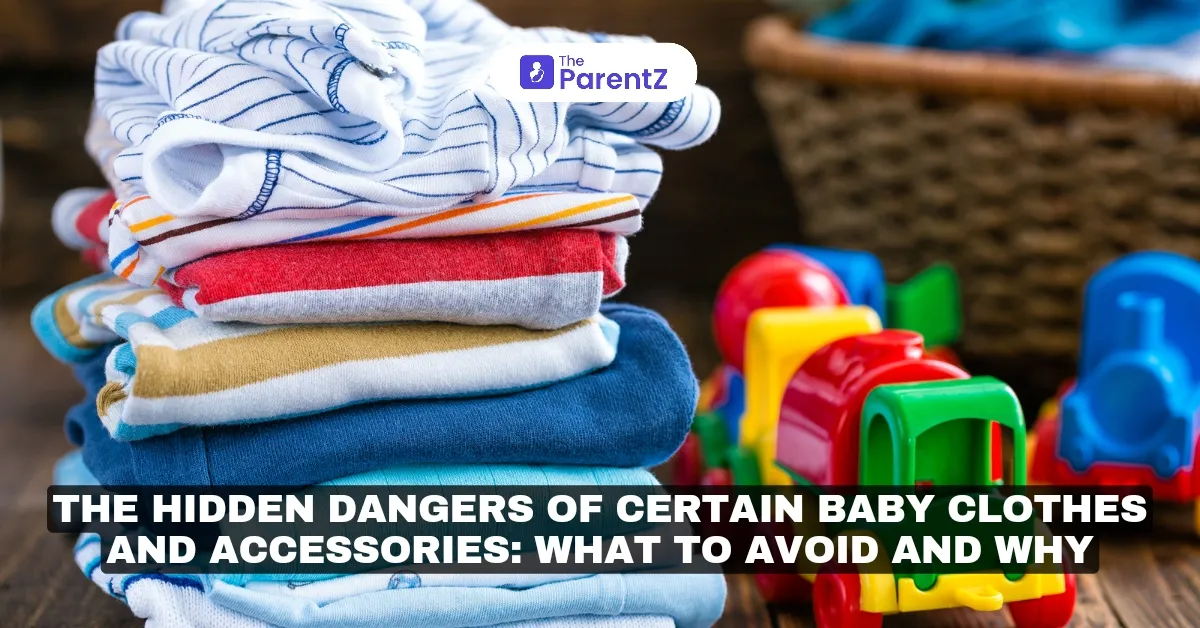

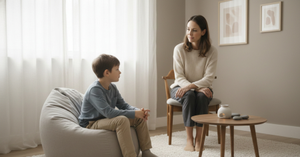

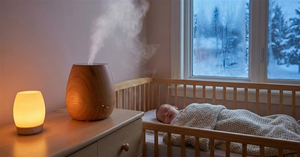
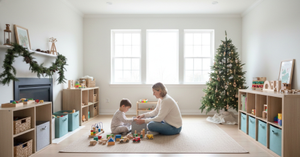
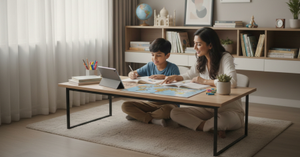
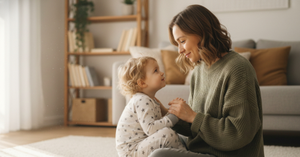
Be the first one to comment on this story.